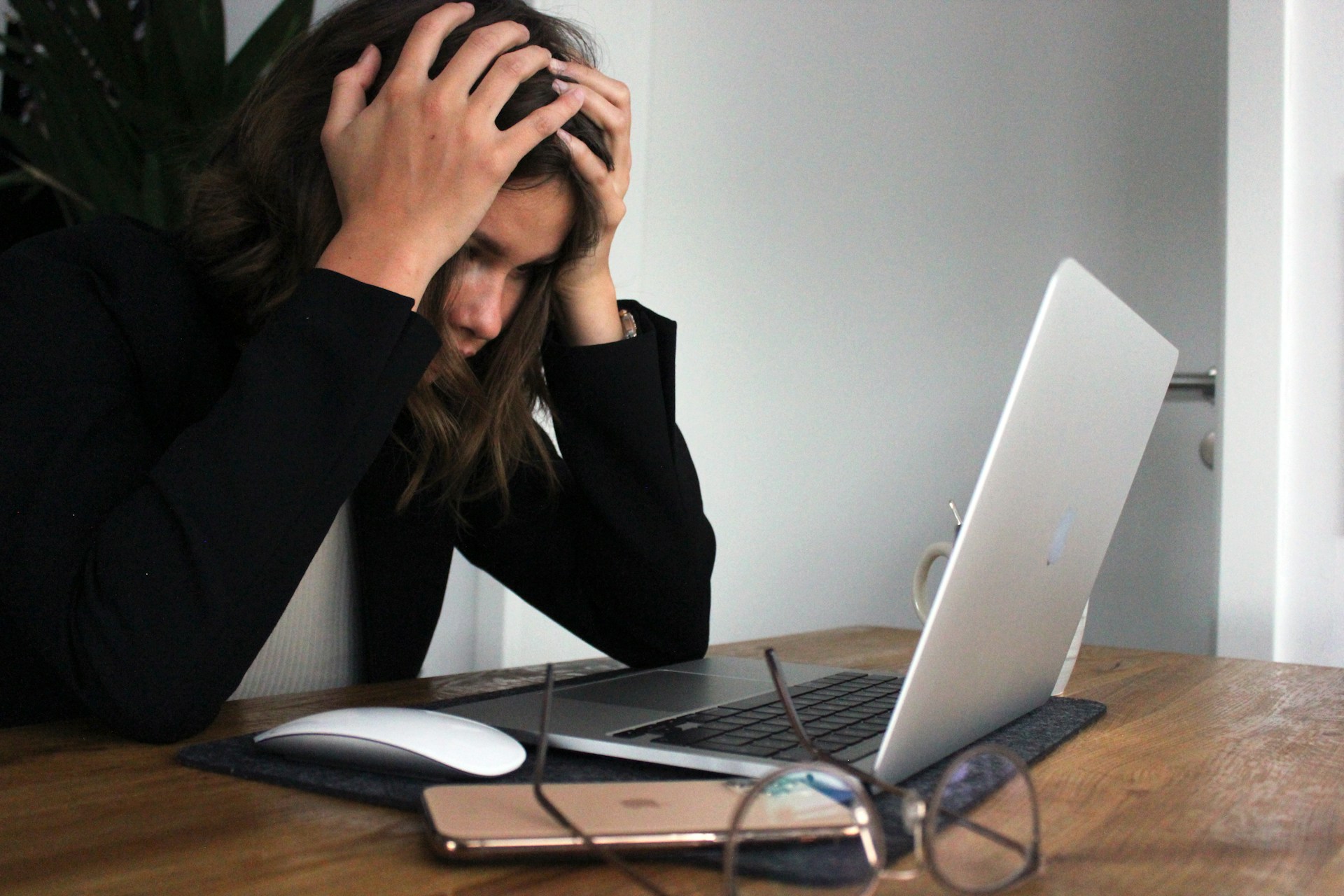ADHD can make life feel harder than it needs to be. Staying focused, remembering things, managing time—all of it can feel like trying to juggle too many balls while also running late. People often think ADHD just means someone is hyper or easily distracted, but distraction is only the surface. There is impulse control, emotional ups and downs, hyperfocus that hits at the wrong moment, and difficulty staying organized. It affects adults just as much as kids, and it does not fade with age.
There is no perfect fix, but there are new ways to manage ADHD that actually work with how your brain functions instead of fighting against it. Behavior therapy approaches have evolved over the years, and many now focus more on how ADHD shows up in everyday life—at home, at work, and in relationships. These techniques are about building better habits, improving self-awareness, and making things easier in a way that lasts. They do not try to force anyone to just pay attention more. They make room for success to happen differently.
Understanding ADHD Symptoms And Behaviors
ADHD can look very different from one person to the next. Some show the classic signs of restlessness or fidgeting, while others seem distant or lost in thought. Some are loud and impulsive. Others quietly miss deadlines or forget daily tasks. What many forms of ADHD share is that they interfere with how a person handles everyday responsibilities—not because of capability, but because of how the brain filters and manages attention.
Here are some common symptoms:
– Trouble starting or finishing tasks
– Forgetting appointments, deadlines, or items like keys or phones
– Losing focus mid-conversation or during long meetings
– Acting quickly without thinking things through
– Feeling emotionally overwhelmed or having frequent mood changes
For children, these issues can show up in classwork, behavior at school, or conflicts with friends. For adults, it often appears in missed deadlines, messy communication at work, or strained relationships. Even simple tasks like grocery shopping or responding to emails can pile up and feel overwhelming. Partners may get frustrated. Coworkers may not understand. That constant friction with life can lead to negative self-talk, burnout, or even depression.
These challenges do not mean something is wrong with you. They just mean the usual ways of managing time, behavior, or focus may not click. That is why finding strategies that work for ADHD is important—not to fix the person, but to make life run more smoothly.
Innovative ADHD Behavior Therapy Techniques
Over time, therapy for ADHD has shifted from focusing strictly on behavior modification to more flexible, brain-friendly strategies. These newer techniques look beyond the surface behaviors and target the systems behind them, like how you think about time, organize tasks, or handle stress. The goal is not just to reduce challenging behaviors, but to make life feel more manageable overall.
Some effective approaches include:
1. Behavioral Activation – This involves gently pulling yourself into action, especially when avoidance has set in. Instead of waiting to feel ready, you learn to take action first, which can help break the freeze-or-flee response that often comes with ADHD.
2. Self-Monitoring Tools – These help improve awareness of what you are doing and when. For example, tracking how long certain tasks actually take can correct unrealistic planning and reduce frustration around time blindness.
3. Stimulus Control – ADHD brains often respond strongly to their environment. This strategy helps modify triggers so that distractions are less intense or easier to avoid. A quieter workspace, reminders at eye-level, or using noise machines are small shifts that make attention easier to manage.
4. Cognitive Restructuring – This focuses on adjusting negative self-talk that comes with living with ADHD. If your inner voice always says “I’m a mess” or “Why can’t I be normal?”, therapy works toward reframing that thinking into something more accurate and helpful.
5. Functional Rewards Systems – These are not old-school sticker charts. They are customized to what actually drives you to follow through—like scheduling a coffee break after responding to emails or watching a show after folding laundry.
Each of these techniques takes practice, but they fit better into the rhythm of real life. They meet ADHD where it is, not where it should be. When these tools are used regularly, they can help create steady and realistic progress rather than short bursts that do not last.
Integrating New Approaches Into Daily Routines
Learning how to manage ADHD often means creating a system that fits the way your mind already works. It is common to jump between strategies or try something for a week and then stop, but when new techniques are built into everyday life, they tend to stick longer. The key is making small changes that lower friction and raise predictability throughout the day.
Here are a few ways to bring therapy-based tools into daily life:
– Set task timers using your phone or a visual clock to create a sense of urgency and get started
– Break down evening routines into mini-steps, such as put phone away, brush teeth, and lay out clothes, to avoid decision fatigue
– Use color-coded calendars or sticky notes to make reminders more visible and organized
– Keep a small transition checklist near your desk or entryway to help you switch tasks without forgetting details like packing keys or glasses
– Build in realistic buffers between meetings, errands, or appointments so you are not always rushing
Consistency is more important than intensity. You do not need a complicated system. Stick with the ones that feel natural and reduce daily stress. When small changes grow into steady habits, things start to feel less scrambled and more under control.
Benefits Of Professional Guidance For ADHD Behavior Therapy
Trying to change habits alone can be frustrating, especially when those habits are tied to how your brain organizes time, energy, and focus. That is why support from someone trained in ADHD behavior therapy can make progress feel more doable. A professional brings not just experience, but structure. They can spot patterns you might miss, offer new tools, and help you stay on track when motivation fades.
Even if you have read books or followed ADHD content online, working one-on-one with a trained psychologist allows for plans that match your actual life—your job, your home, your relationships. There is no one-size-fits-all. What works for one person might not work for another. Therapy helps connect the dots between your thinking patterns, your environment, and your actions to build more useful strategies.
Remote telehealth makes this support easier to access. Being able to talk from the comfort of your own home cuts down the stress that can come with attending in-person meetings. It saves time and cuts out the extra steps that often act as roadblocks for people with ADHD. That kind of flexibility can help people stick with their therapy plans more consistently.
Another bonus of having a trained professional on your team is the space to work through the emotional side of living with ADHD. When you are stuck in cycles of forgetting or procrastinating, it is easy to fall into the trap of thinking you are lazy or broken. A therapist helps you shift that perspective and focus on helpful, honest ways to talk to yourself as you learn new skills.
That kind of support brings more than just tools—it creates real momentum.
Moving Forward With Confidence
Managing ADHD is less about pushing harder and more about approaching things differently. When new therapy techniques are combined with realistic routines and consistent support, people begin to notice changes that actually last. It is not about perfect focus. It is about feeling more capable, more present, and less overwhelmed.
There will still be hard days. You might hit roadblocks. But when the right strategies are in place and backed by the right support, it becomes much easier to get back on track. ADHD no longer has to run the show. When you know what works for your brain, you can build a life that works with you, not against you.
Reaching out for guidance hand-tailored to your experience with ADHD can be transformative, setting you on a path to effectively manage those daily challenges. Learn how ADHD behavior therapy can support lasting change with Dr. Shahin Carrigan Ph.D., MFT, offering personalized telehealth services designed to make this process easier and more manageable.




